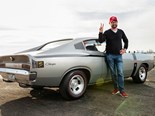Chrysler Valiant CL Charger (1976-1978) - Buyers Guide





















































|

|

|

|

|

|

|

|

|

|

|

|

|

|

|

|

|

|

|

|

|

|

|

|

|

|
The last of the Chargers could well be the best buy
Chrysler Valiant CL Charger
If you wander through the history of Chrysler Charger in Australia, you can’t help but be entertained by how the whole exercise came about. And perhaps a little appalled that the nameplate and project didn’t last longer and go on to much greater things.
As a styling exercise it was remarkable, thanks in part to the drive of then Chrysler Australia Managing Director David Brown and Chief Stylist Brian Smyth. The latter recalled Brown not so much giving a brief as asking a question: what might a short wheelbase coupe based on the VH look like?

Early shapes looked promising and the project, aka the Rebel, quickly hit clay model stage. Head office was informed at this point, but the local team was a long way from having production approval.
| Market watch: Valiant Charger
Even so, development progressed, with two working prototype utes famously doing track time in the hands of Leo Geoghegan to test and develop the driveline and underpinnings. Incredibly, both those test mules are around today.
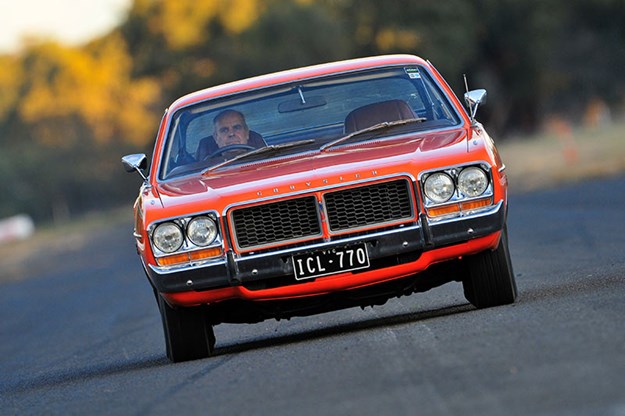
Quad headlights a CL exclusivity
Things were looking promising, but there was one final hurdle to overcome, which was getting the final tick of approval from the mother ship. Gavin Farmer’s excellent local Chrysler history, Great Ideas in Motion, tells it this way:
"Ian Webber, a former managing director, remembered vividly: ‘I was in David’s office when he rang Chrysler International to let them know we were going with the Charger program. Unusually for him, he was as nervous as a cat on a hot tin roof!
"’What they did not know, and David didn’t tell them, was that the Charger was well into the tooling development stage. It was damn near ready to go down the production line. David really put everything – his reputation and career – on the line for that car.’"
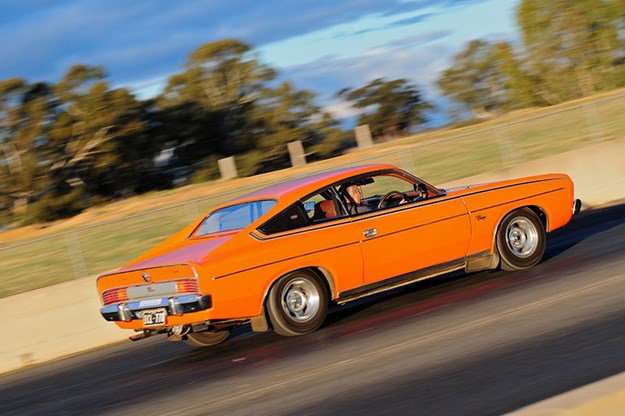
Of course it was a big success for the company, working as an image leader for the entire Chrysler Valiant range and getting people talking about the brand.
| Reader Resto: 1977 Chrysler Charger CL 770
We saw four generations of the design, in line with the mainstream sedan/wagon/ute series: VH 1971-73; VJ 1973-75; VK 1975-76 and CL 1976-78. Sadly, it didn’t survive to accompany the final CM generation of the family car range.
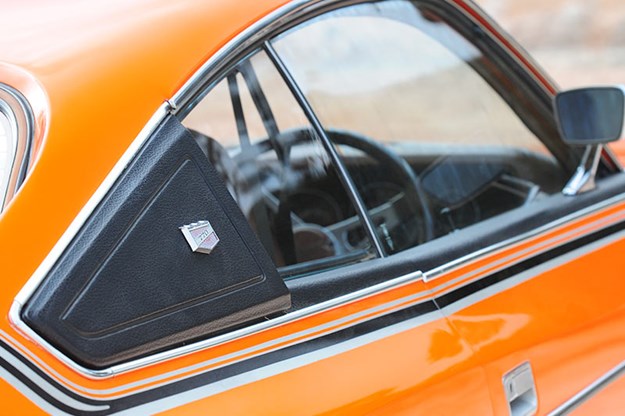
Familiar design cues of the Charger
Over the years, collectors in particular have tended to focus on the early cars, particularly the homologation specials such as E37, E38 and E49 R/Ts. They’re often described as the best cars never to have won Bathurst, a back-handed compliment but a compliment nevertheless.
Chrysler meanwhile was seen as having lost its way over the life of the Charger – in part perhaps through lack of investment at a time when both the Australian and US companies were struggling financially. There’s truth to that view, but that doesn’t mean the late product necessarily suffered.
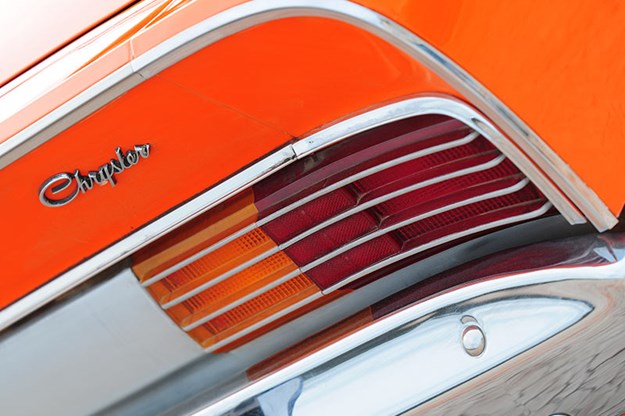
In fact, you could put up a strong argument that the later Chargers were better equipped than ever and a more integrated package.
By far the easiest way to pick a CL is the front. Its quad headlight snout was said to have been designed for an earlier generation and delayed. In any case, it added a sense of luxury to the appearance, subtly shifting the coupe more towards the grand tourer market.
The powerplants by now were reduced to three: the 245 (4.0lt) and 265 (4.3lt) straight Hemi sixes, plus the venerable 318 (5.2lt) Fireball V8. All were designated as the upmarket 770, with exception to a Drifter version, sharing some of the graphics of the short-lived vans and utes of the same name.
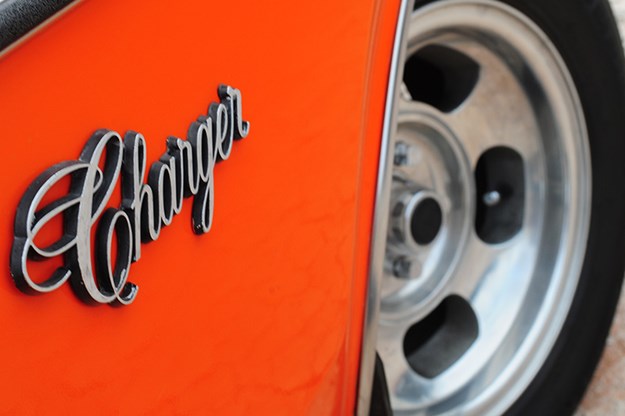
Tied to those was a choice of three or four-speed manuals, or a Borg-Warner auto in the sixes. The V8 was generally offered with a Torqueflite auto, though the Drifter V8s scored a four-speed manual.
By now new emission rules had been introduced, which saw some pretty ordinary short-term power-robbing responses from Ford and GMH. Chrysler was generally a little ahead of its competition, with electronic ignition in place and its computer-controlled ‘Electronic Lean Burn’ system rolling out into the surviving mainstream range from 1978.
When you look at the specs for the CL series and its predecessor, you could be forgiven for thinking the opposite was true.
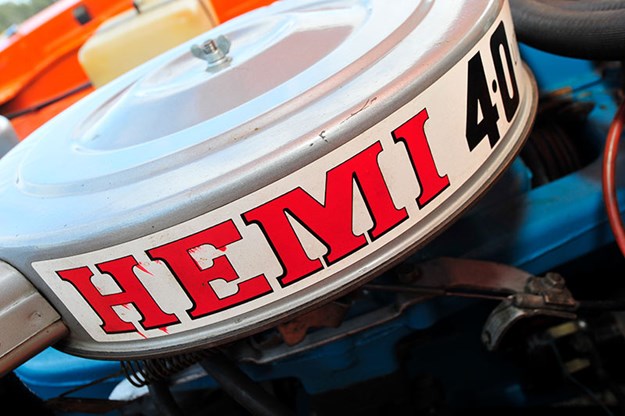
The 4.0lt and 4.3lt straight sixes were great engines
For example, the 265 in the Charger (arguably the pick of the powerplants) claimed 151kW (203bhp) in the VK but a mere 110kW in the CL.
This was an own-goal in some respects, as the firm (in line with other car makers) had changed from gross to net SAE measurement, which severely hobbled the figures. There is no ready conversion between the two. However it’s fair to say the real performance losses between the two generations were much less than the numbers suggest.
As a handling package, it was a pretty good thing. Torsion bars were still part of the front end package, with a live axle and leaf springs on the rear. However it was a well-sorted chassis from day one, helped by having power-assisted discs on the front end as standard.

The final example rolled off the Tonsley Park (South Australia) production line in October 1978.
Values for the CL series have been climbing slowly but steadily in recent years. At the moment, you’ll still get a very good example for somewhere in the forties to early sixties, depending on condition and spec. That means they still represent exceptional value – particularly at a time where six-figure prices are common for Aussie metal. On that basis, Charger’s final fling may well turn out to be the best.
Buyer's Checklist

Body & chassis
Chargers demand close examination by a panel-repair specialist before you commit to buy. These cars for many years were worth very little and repairs were often sub-standard just to avoid the car being deemed a ‘write off’. Now in a different market, those bogged-up panels and dodgy welds are going to cause grief. Rust repair sections are available but good complete panels, even second hand, are very difficult to source. Re-doing an older restoration will likely involve the costly process of having panels hand-made so don’t pay too much for an imperfect car. Doors that need to be lifted when closing will likely need repair around the hinge mounts.
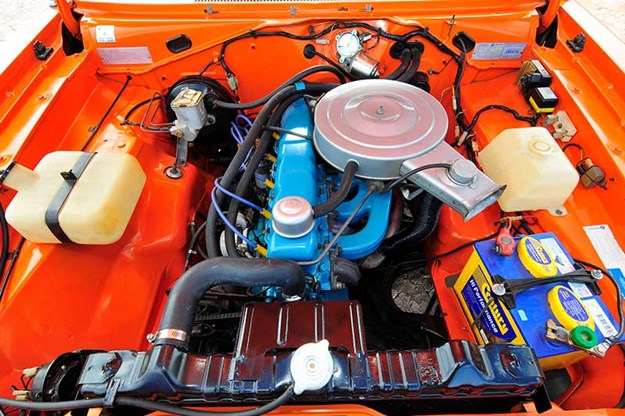
Engine & transmission
The Hemi engine used by these Chargers ranks high on the list of Australia’s best-ever six-cylinder power units. Provided they haven’t been overheated to the point where rings crack and the cylinder head warps, 300,000 kilometres is likely between rebuilds. Replacement heads are still available at less than $1500, with standard pistons and rings around $500 a set. The Borg-Warner ‘single rail’ manual transmission was used in various cars during the 1970s and replacements are available. So too the standard diff centre.
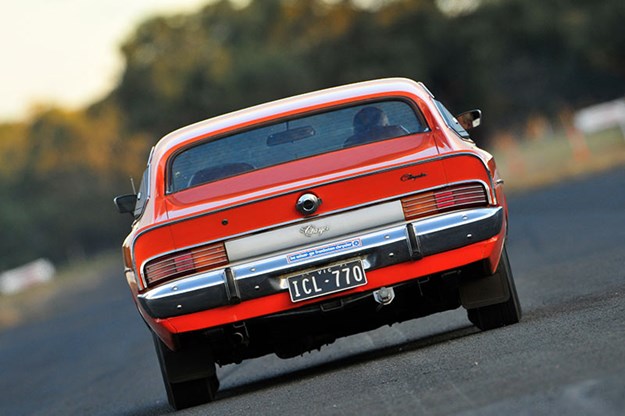
Suspension & brakes
Charger suspension is basic but as CL versions demonstrated they did respond well to educated tweaking. Steering with almost 5 turns lock to lock wasn’t particularly direct and wear or looseness in the system will encourage the car to veer in whatever direction the road camber takes it. Check tyre pressures too as they can have an influence on stability. Be cautious when test-driving a Charger as they are known for locking wheels without a lot of pedal pressure being applied. If the pedal feels very hard or very spongy start looking at the master cylinder and/or power booster. Neither are particularly expensive to replace.
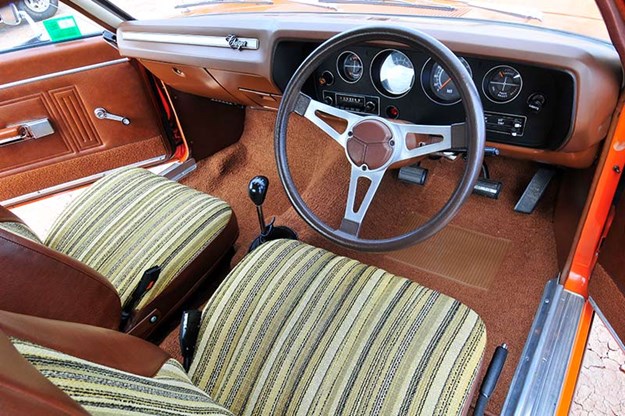
Interior & electrics
Charger seat frames were a weak point and there won’t be many in existence that haven’t needed welding at some point in their lives. Make sure the seats can be easily moved on their runners and aren’t twisted with the backs sitting at odd angles. The trim is pretty basic vinyl and won’t be difficult for an automotive upholsterer to duplicate. Replacement dashboards and instruments appear on internet trading sites and aren’t expensive. Replacing the distinctive Charger steering wheel costs around $700.
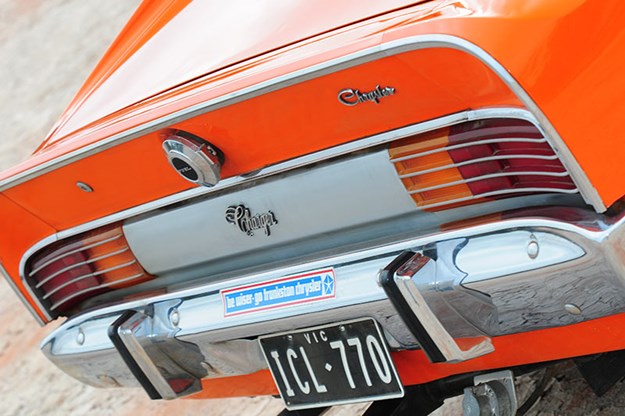
1976-1978 Chrysler Valiant CL Charger specs
Number made: N/A
Body styles: steel integrated body/chassis two-door coupe
Engine: 4.0lt 4.3lt Hemi sixes, or 5.2lt Fireball V8
Power & torque: (4.3lt Hemi) 162kW @ 4800rpm, 354Nm @ 3000rpm
Performance: 0-96km/h 9.6 seconds, 0-400 metres 17.5 seconds
Transmission: three or four-speed manual, three-speed automatic
Suspension: Independent with torsion bars control arms and anti-roll bar (f) Live axle with semi-elliptic springs and
telescopic shock absorbers (r)
Brakes: disc (f) drum (r) power assisted
Tyres: ER70 H14 radial
From Unique Cars #443, Aug 2020
Unique Cars magazine Value Guides
Sell your car for free right here
Get your monthly fix of news, reviews and stories on the greatest cars and minds in the automotive world.
Subscribe

.jpg)



.jpg)





